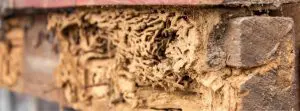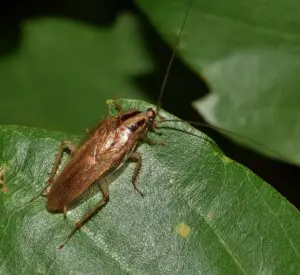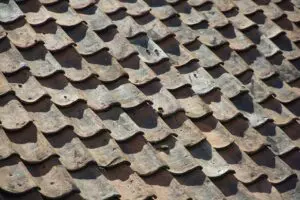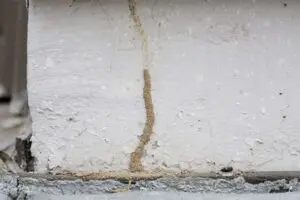

Early detection and professional intervention are essential when it comes to termite infestations. Excel Pest Services has you covered when it comes to termite inspection and termite pest control, offering comprehensive termite control solutions tailored to the unique challenges faced in regions like Florida and New Jersey.
From the subterranean species to the stealthy drywood termite colonies, our expert technicians are equipped with the latest tools and techniques to detect, eliminate, and prevent termite infestations. Excel Pest Services delivers peace of mind through quality service and effective results. With a commitment to excellence and a dedication to customer satisfaction, we strive to exceed expectations and ensure your property remains termite-free for years to come.
With this in mind, we know that identifying termites early is crucial to prevent costly structural damage and preserve the integrity of your property. In this article, we take a closer look at what do termites look like to assist you in preserving your property.
What Do Termites Look Like?
Identifying termites early is crucial in preventing costly damage to your property. Knowing how to identify termites and understanding termite inspection methods can save you from extensive repairs down the line.
Termite identification starts with recognizing their appearance. What do termites look like? Termites typically have soft bodies, straight antennae, and a pale color. They often resemble ants, but their waists are thicker, and their wings, if present, are equal in length.
One method to identify termites is through swarmers, which are reproductive termites that emerge in large numbers. These winged insects are often mistaken for flying ants but can be distinguished by their straight, bead-like antennae and uniform wings.
Another termite identification technique involves inspecting for mud tubes, which termites construct to travel between their nests and food sources. These tubes, made of soil and saliva, are often found along walls, foundations, or other wooden structures.
Wood damage is a telltale sign of termite infestation. Hollow-sounding wood, blistering or darkening surfaces, and the presence of tiny holes are all indicators of termite activity.
Regular termite inspections by professionals can also help identify termites early, allowing for prompt treatment and prevention of further damage. Remember, early termite identification is key to protecting your property from these destructive pests.
What Color Are Termites?
Termites come in various colors, each with distinct characteristics. Knowing how to identify termites based on their color can help you determine the type of infestation you're dealing with.
Brown Termites
Brown termites are among the most common species. They typically have a dark brown or reddish-brown coloration. These termites often infest wood structures and can cause significant damage if left unchecked. How to identify termites of the brown variety involves noting their size, which can range from 1/4 to 1/2 inch in length.
White Termites
White termites, also known as worker termites, have a pale, translucent appearance. They are smaller in size compared to other members of the colony. How to identify termites of the white variety involves recognizing their soft bodies and lack of pigmentation. They are responsible for feeding the colony and maintaining the nest.
Black Termites
Black termites, often referred to as swarmers or reproductive termites, have a dark brown to black coloration. These are the termites that develop wings and leave the colony to start new ones. How to identify termites of the black variety involves noting their size, as swarmers are typically larger than worker termites.
Understanding the color and size variations of termites is essential in effective pest management and early detection of infestations. Regular inspections and prompt treatment are key to protecting your property from these destructive pests.
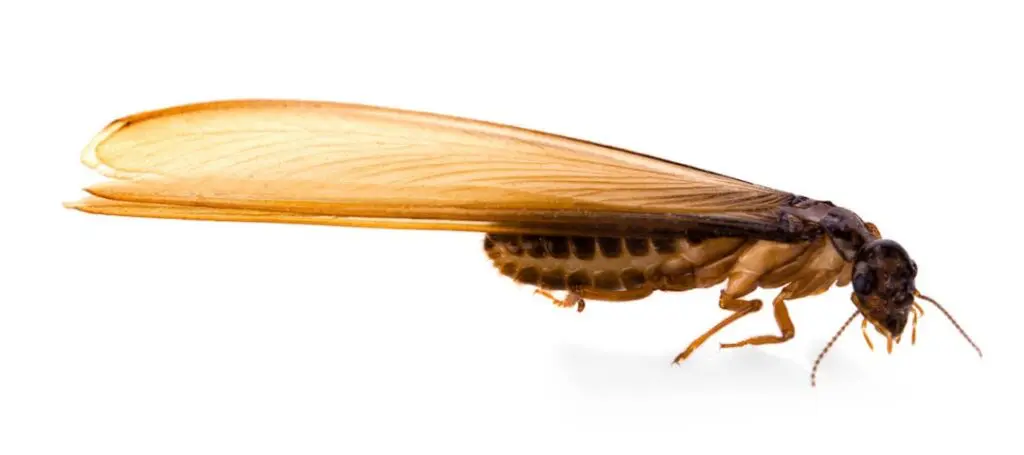
How to Identify Different Kinds of Termites
Knowing how to identify termites is essential for effective pest control, but understanding the different species is equally important. Here are methods to differentiate various types of termites:
Subterranean Termites
Subterranean termites are the most common and destructive species. They live in underground colonies and build mud tubes to access above-ground food sources. How to identify termites of this kind involves recognizing these mud tubes along foundations or walls. They have creamy white bodies with darker heads and mandibles.
Drywood Termites
Drywood termites infest dry wood and don't require contact with soil. They can cause significant damage to wooden structures and furniture. How to identify termites of the drywood variety includes spotting their fecal pellets, which are tiny, six-sided, and often found near infested wood. Drywood termites have a light brown or cream coloration.
Dampwood Termites
Dampwood termites are attracted to moist wood and are commonly found in damp or decaying timber. Unlike subterranean termites, they do not build mud tubes. How to identify termites of this type involves inspecting areas with high moisture content. Dampwood termites have larger bodies compared to other species and are often light brown or tan in color.
Formosan Termites
Formosan termites are a highly destructive species, known for their aggressive feeding habits. They form large colonies and can cause extensive damage in a short time. How to identify termites of the Formosan variety involves recognizing their swarming behavior, especially during warm, humid evenings. They are similar in appearance to subterranean termites but are generally larger.
By understanding how to identify termites of different species, homeowners and pest control professionals can implement targeted treatment strategies to effectively manage infestations and protect properties from damage. Regular inspections and early detection are key in combating these pervasive pests.
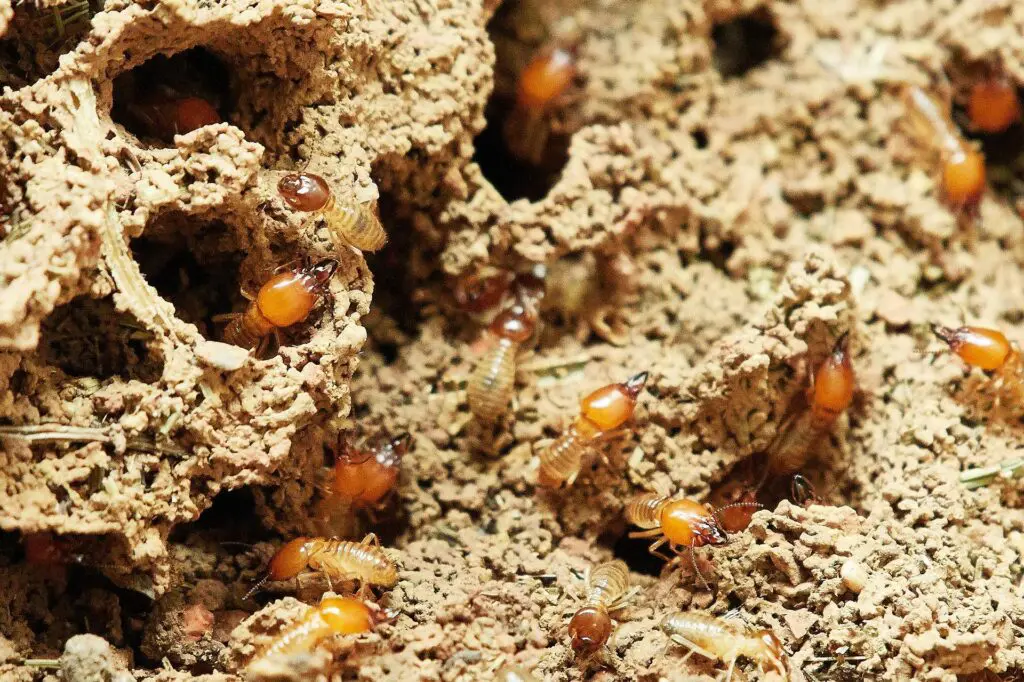
What Are the Signs of a Termite Infestation?
Recognizing the signs of a termite infestation is crucial for early detection and effective pest management. Here are some key indicators to watch out for:
Keep an Eye on Your Home
Regularly inspecting your home for signs of termite activity is essential in catching infestations early. Look for any visible damage to wooden structures, including floors, walls, and furniture. Hollow-sounding wood, blistering, or darkening surfaces may indicate termite presence.
Listen for Termites
Termites are not silent invaders. In fact, you may be able to hear them if the infestation is severe. Listen for faint clicking sounds coming from walls or wooden structures. These noises are caused by soldier termites tapping their heads against wood to communicate danger to the colony.
Watch Out for Droppings
Termite droppings, also known as frass, are tiny pellets that resemble sawdust or coffee grounds. Keep an eye out for these droppings near infested areas or in places where termites have been active. Accumulations of frass can indicate an ongoing termite infestation.
Spot Mud Tubes on Walls
Subterranean termites often build mud tubes to travel between their nests and food sources. These tubes, made of soil and saliva, can be found along walls, foundations, or other wooden structures. If you notice mud tubes on your property, it's a clear sign of termite activity and requires immediate attention.
By knowing how to identify termites and recognizing the different signs of infestation, homeowners can take proactive steps to protect their properties from damage. Early detection and prompt treatment are key in mitigating the impact of termite infestations and preserving the integrity of your home. Regular inspections by pest control professionals can also help identify and address termite issues before they escalate.
Termite Services in Florida and New Jersey
Excel Pest Services offers comprehensive termite control services in both Florida and New Jersey. With a focus on quality and effectiveness, we provide tailored solutions to meet the specific needs of each property.
Don't wait until termites cause costly damage to your home or commercial space. Contact Excel Pest Services today for professional termite services in Florida and New Jersey. Protect your investment and enjoy peace of mind knowing that your property is in good hands.
Contact us now to schedule a termite inspection and take the first step towards a termite-free environment.




